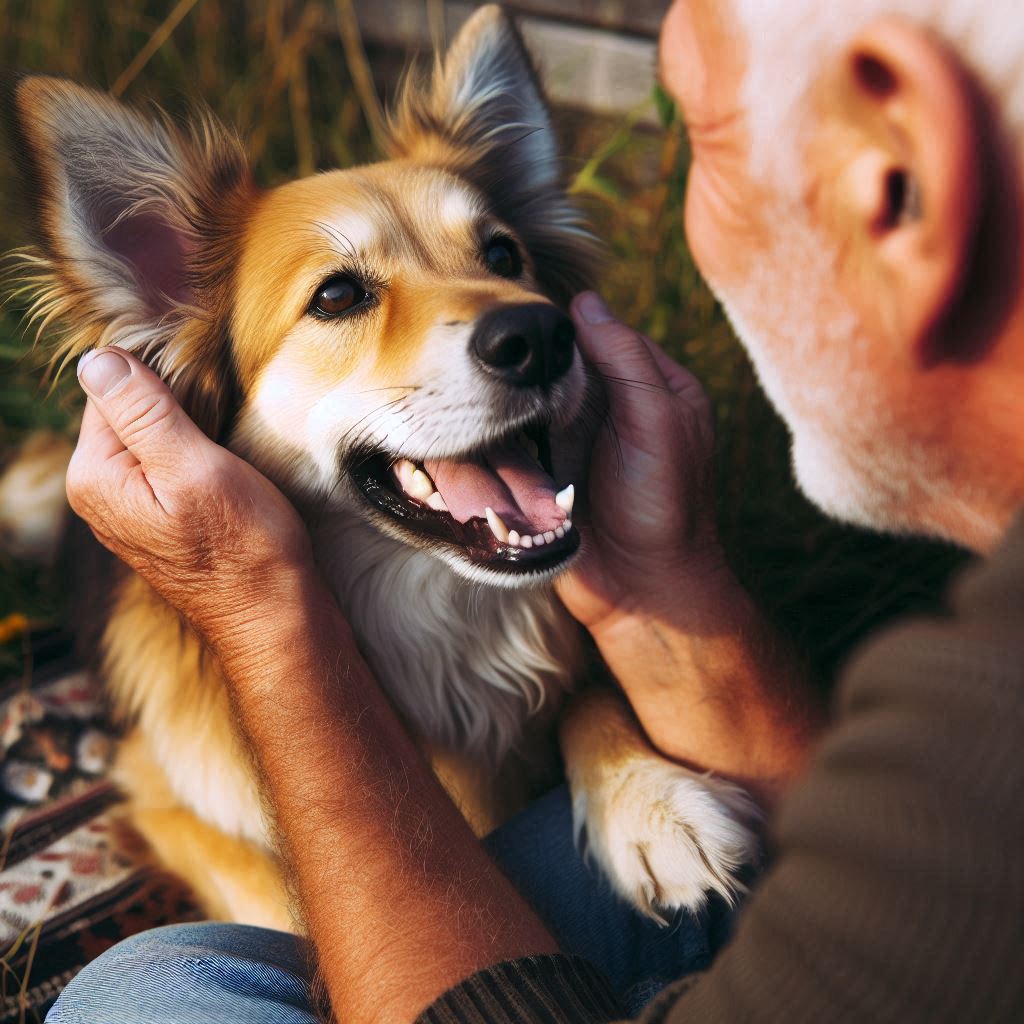When it comes to communicating with our canine companions, the tone of our voice can play a significant role. Studies suggest that dogs may tend to respond more positively to high-pitched voices. Here’s why using a higher pitch might resonate with your dog:

Positive Associations
- Playfulness and Affection: High-pitched tones are often associated with human emotions like playfulness, excitement, and affection. When you use a high-pitched voice while praising your dog, playing with them, or offering treats, they might learn to associate that tone with positive experiences. This can enhance your bond and make interactions more enjoyable for both of you.
- Puppy Talk: Many dog owners instinctively use a higher-pitched, exaggerated tone when talking to their puppies. This “puppy talk” can be effective in getting their attention and creating a positive bond during early development. Puppies are more responsive to these tones, which can aid in training and establishing a strong connection from a young age.
Attention-Grabbing
- Standing Out: High-pitched sounds can be more attention-grabbing for dogs than lower-pitched tones. This can be particularly helpful during training sessions or when you want your dog to focus on you in a distracting environment. The distinctiveness of a high-pitched voice can cut through background noise, making it easier for your dog to hone in on your commands or praise.
Things to Consider
However, it’s important to note that this approach is not one-size-fits-all:
- Individual Preferences: Not all dogs have the same preferences. Some might find high-pitched voices irritating or overstimulating, especially if used excessively. Pay attention to your dog’s body language. If they seem disinterested or stressed, try a calmer tone. Understanding your dog’s unique personality and adjusting your approach accordingly can lead to more effective communication.
- Combined with Body Language: The most effective communication with your dog involves a combination of vocal cues and body language. Using a high-pitched voice while maintaining a relaxed posture, petting, or smiling can significantly enhance the message you’re trying to convey. Dogs are highly perceptive to non-verbal cues, so a synchronized approach can reinforce your vocal messages.
Tips for Talking to Your Dog
- Vary Your Tone: Use a mix of high and low tones to keep your dog engaged. A varied pitch can prevent your dog from becoming desensitized to one type of tone and maintain their interest.
- Consider the Situation: Adjust your pitch based on the situation. A calm and soothing tone might be appropriate when your dog is scared, while a more playful and energetic tone might be suitable during playtime. Matching your tone to the context can help your dog better understand your intentions.
- Observe Your Dog: Pay attention to how your dog reacts to different vocal cues and body language. This will help you tailor your communication for better understanding. Every dog is different, and observing their reactions can guide you in finding the most effective way to communicate.
Conclusion
Overall, while high-pitched voices can be a helpful tool for communication with your dog, it’s important to be mindful of your dog’s individual preferences. Combining high-pitched tones with positive reinforcement and clear body language can enhance your interactions and strengthen your bond. By paying attention to your dog’s responses and adjusting your approach accordingly, you can communicate more effectively and enjoy a happier, healthier relationship with your furry friend.
